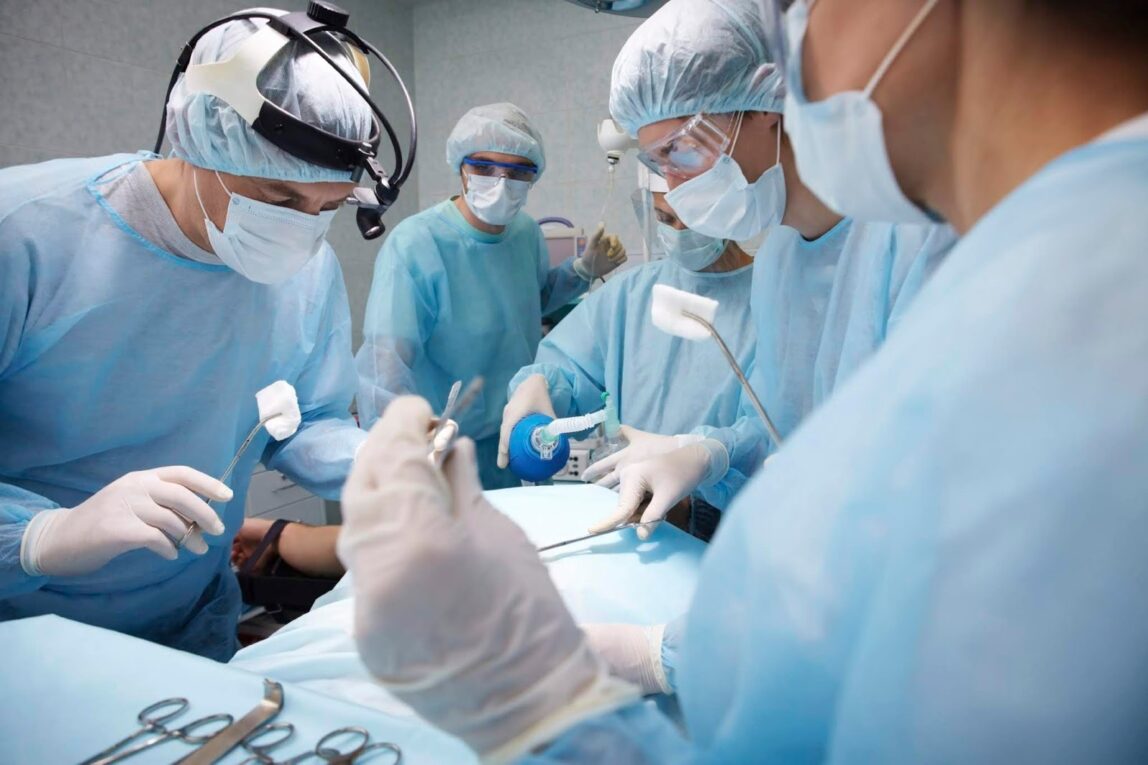Biosurgery refers to the use of biological approaches and materials in surgical procedures to enhance healing and recovery. As an emerging field, biosurgery leverages elements from biology, biotechnology and materials science to develop innovative solutions for improving surgical outcomes. This article explores some of the key developments in biosurgery and how they are transforming surgical practices.
The Rise of Biologics in Surgery
Traditional surgical methods rely predominantly on synthetic materials like metals, polymers and ceramics. However, these artificial implants do not always integrate well with the body’s natural tissues. There is also a risk of rejection by the immune system or complications arising from foreign body responses. Biosurgery aims to address these limitations by utilizing biologics derived from human or animal sources. Some common biologics used in surgical procedures today include:
– Tissues: Skin, bones, tendons, heart valves etc. are used for reconstructive purposes and to enhance healing. Cadaveric tissues are processed to reduce immunogenicity.
– Growth factors: Biologic molecules like BMPs, FGFs etc. are used to accelerate bone, cartilage and soft tissue healing after injuries or procedures. They mimic the body’s natural wound healing responses.
– Biologic scaffolds: Collagen, chitosan or fibrin materials are utilized as scaffolds to support tissue regeneration in areas like wound healing, hernia repair and dental/craniofacial reconstruction.
– Cell therapies: Stem cells, chondrocytes and other cell types are being investigated for applications like cartilage repair, intervertebral disc regeneration and wound healing.
Adhesive and Sealant Technologies
Among the most rapidly advancing areas in biosurgery is the development of biologic adhesives and sealants. Traditionally, surgeons rely on sutures, staples and synthetic glues to hold tissues together during and after procedures. However, these methods have limitations like risks of infection, foreign body reactions or loss of strength over time. Biosurgery aims to address this through the following:
– Fibrin sealants: Derived from purified human or bovine plasma proteins, fibrin sealants mimic the body’s natural clotting cascade to form strong, biodegradable seals between tissues. They are effective for reducing bleeding, sealing air/fluid leaks and facilitating wound healing.
– Collagen/gelatin-based glues: Similar to fibrin but derived from processed collagen or gelatin, these adhesives provide tissue-like properties for bonding and bridging tissues. They are bioabsorbable and enhance wound support.
– Marine adhesives: Inspired by the underwater adhesion abilities of mussels, synthetic polymers are engineered to replicate mussel foot proteins that allow strong yet reversible adhesion under wet conditions. These “bioglues” show promise for internal tissue bonding applications.
Advancing Technologies in Regenerative Surgery
Regenerative medicine approaches are revolutionizing fields like orthopedics, dentistry, plastic surgery and wound healing management. Some key advances include:
– 3D bioprinting of tissues/organs: Layer-by-layer deposition of living cells, growth factors and biomaterials has enabled sophisticated reconstruction of structures like bone, cartilage, skin and more. Patient-specific bioprinting could transform reconstructive procedures.
– Specialized biomaterial scaffolds: New materials are enabling minimally-invasive, injectable therapies for osteochondral defects and intervertebral disc regeneration by providing templates to guide the body’s own repair responses.
– Gene therapies: Delivery of reparative genes using viral or non-viral vectors may help address conditions like bone fractures that are difficult to heal, accelerate wound repair, and treat degenerative diseases.
– Stem cell therapies: Mesenchymal stem cells, skin-derived precursor cells, adipose stem cells and others show promise for articular cartilage repair, nerve regeneration, wound healing and more when administered through surgical procedures.
Biosurgery is still an evolving field but it has tremendous potential to revolutionize how surgical interventions are conducted to enhance healing, reduce recovery times, and restore tissue function with more bioinert and tissue-like solutions. Combined with advances in biomaterials, regenerative approaches and cell/gene therapies, it signifies a shift toward more “biological surgery.” With continued development, biosurgery may play a critical role in improved postoperative outcomes across multiple clinical specialties.
*Note:
1. Source: Coherent Market Insights, Public sources, Desk research
2. We have leveraged AI tools to mine information and compile it

